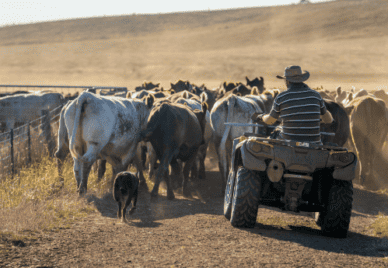
Enhancing Models for Rapid Decision-Support in Emergency Animal Disease Outbreaks
Exploreabout Enhancing Models for Rapid Decision-Support in Emergency Animal Disease Outbreaks
All states and territories maintain their own fuel datasets, often distributed across a variety of government agencies. There are also national datasets for vegetation (NVIS) and land use (ALUM). There are no common standards across these datasets.
With more data, new research and new tools being developed, a bushfire data commons is needed to:
This project was the culmination of the first 5 projects in the Understanding Bushfire Behaviour group of projects. It sought to build a national data commons of aggregated and harmonised fuel data. Key steps included:
This project is the capstone of the following fuel-related Bushfire Data Challenges projects:
This project has delivered key elements towards a bushfire fuel data commons, supporting the use of the national fuel data in national bushfire simulation and other fire prediction systems. These elements include fuel classification, algorithms used to calculate fuel attributes and frequently updated observed fuel attributes such as load, structure and dryness.
Usable outputs will be available soon.
Deb Sparkes explained how the ARDC’s other bushfire fuel projects come together in this capstone project in the November 2023 Bushfire Data Challenges Forum. View the recording and slides (DC006).